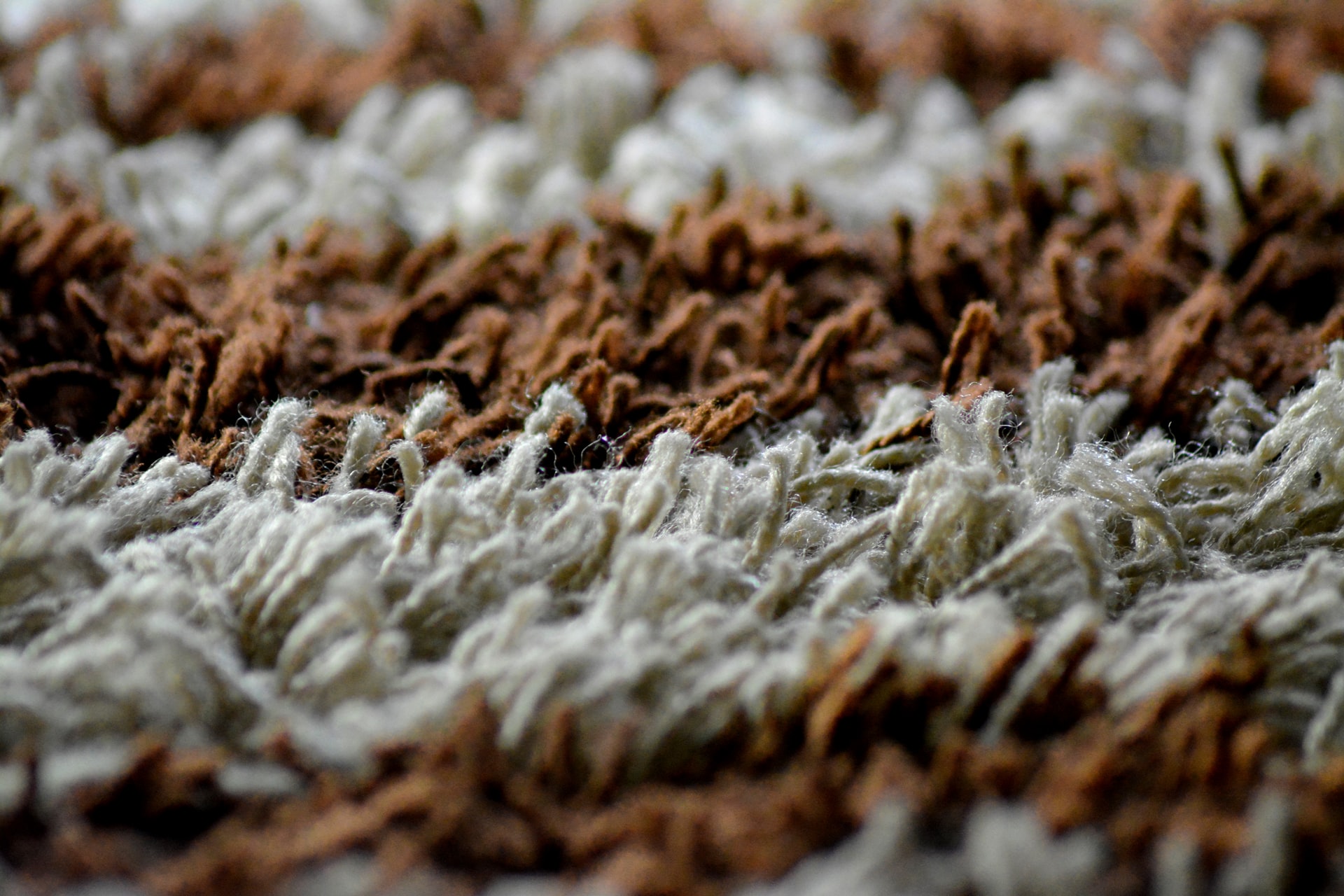The town’s location in the centre of the country coupled with the expanding canal systems helped to rapidly develop and expand the industry and the town.
Over the following years new weaves were introduced as the masters invested in the latest technology. This brought problems and Wyre Forest had its fair share of trouble and industrial unrest.
Here at the Carpet Heritage Trust we provide a gallery of carpets including wide range of Ablingdon, Victoria, Cormar and Furlong.
Join the discussion and share your opinions on carpet ranges.
If you’ve recently taken up your carpet please send us a sample so that we can add it to our growing collection.
History of Carpet Manufacturing
In the mid 1800s the Industrial Revolution brought in steam engines, power looms and the mills. The town rapidly expanded and the skyline changed as the factories were built.
The twentieth century witnessed the full development of the carpet industry. Two World Wars didn’t help but the after war boom in the 1950s brought new prosperity to the workforce and the industry as new housing demanded “wall-to-wall” carpets.
These were the halcyon days with investment by the industry and a programme of modernization by the Kidderminster Borough Council.
However, the boom period ended in the late 1970s as over production, new techniques and imports from abroad caused the industry to tighten its belt. Most companies restructured, some were involved with mergers and others failed to meet the challenge.
Average Pile Density
The weight of pile yarn in a cubic yard of carpet. It is calculated by multiplying the pile weight by 36, then dividing that product by the pile height (in inches). A calculation used primarily in the commercial carpet industry.
We do not have anything to do with the Museum of Carpet.
